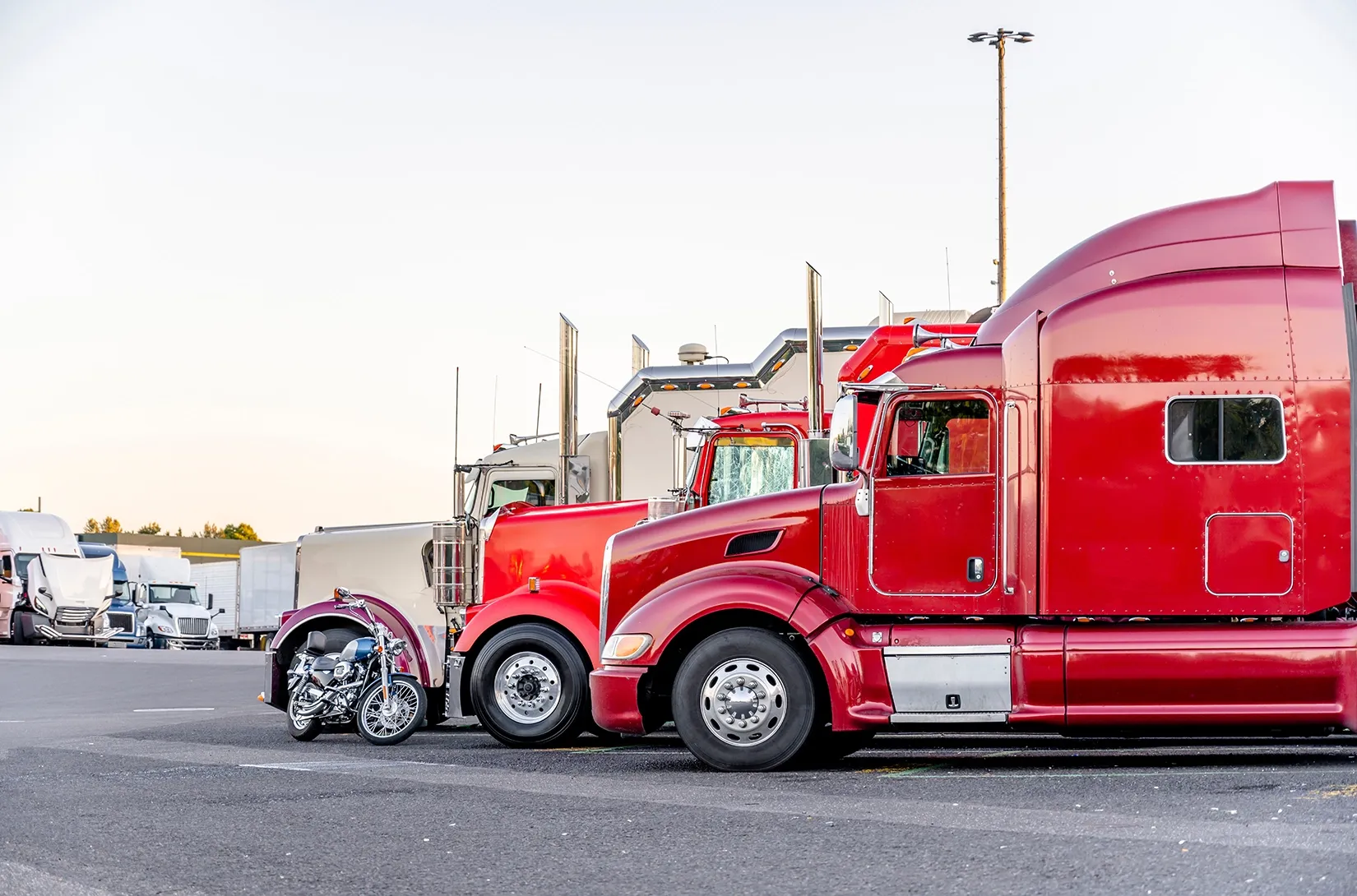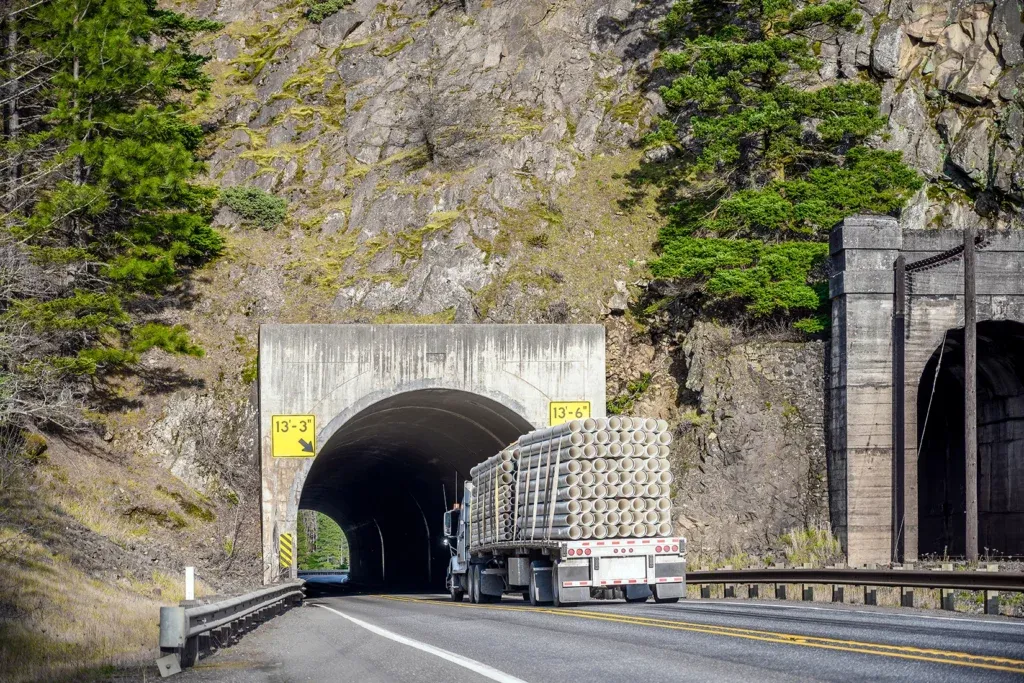What is Cross Docking and How Can It Benefit Your Business

Efficiency is crucial in the transportation industry. In response to the difficulties of modern commerce, creative techniques have evolved as businesses strive to simplify their supply chains and cut costs. Cross docking is a tactic that has become increasingly popular in recent years.
Cross-docking is a fundamental shift in the distribution and management of commodities, not merely a strategic move. Cross-docking reduces inventory holding costs, shortens lead times, and improves responsiveness to customer demands by bypassing conventional warehouse procedures and enabling direct transfers from suppliers to outgoing vehicles.
In this article, we talk about cross docking, exploring its principles, usage, and the ways it can improve supply chain operations. We will examine how it works, its benefits and its challenges.
How Cross Docking Works
Cross docking entails several crucial stages to guarantee the smooth transition of goods from suppliers to outbound transportation. Receiving, sorting, and loading are frequently included in these processes. When these procedures are carried out correctly, cross-docking can effectively promote the quick flow of goods through the supply chain, cutting lead times and storage costs and improving overall logistics efficiency.
Receiving
The cross docking facility receives inbound freight from vendors upon its arrival. Docks and receiving bays are set up at the receiving area to facilitate the unloading of vehicles and containers. Employees make sure the shipment matches the relevant paperwork (bills of lading, packing lists, etc.) accurately. Items are promptly examined for any loss or damage.
Sorting
Following receiving, the goods are classified according to predefined standards, such as product kind, destination, and customer orders. Conveyor systems, forklifts, or manual labor may be used in sorting to move items to specific staging locations quickly and efficiently.
Temporary Storage (Optional)
Depending on the particular logistics requirements, various cross-docking facilities’ operations may include a short storage period for specific commodities. Cross-docking aims to reduce storage time, so any temporary storage is usually controlled and restricted to prevent delays.
Consolidation
After being sorted, commodities are combined according to their intended outbound transit or final destination. This technique maximizes loading efficiency by consolidating goods sent to the same location or together.
Loading
Using pallets, containers, or loading equipment are examples of efficient loading techniques that help improve space usage and reduce handling time. Staff members can make final inspections to guarantee that the right things are loaded into the right vehicles, preserving accuracy and avoiding mistakes.
Benefits of Cross Docking
Cross docking offers various benefits that make it an attractive logistics option for businesses seeking to streamline their supply chain operations.
Reduced Inventory Holding Costs
Cross docking transfers items straight from suppliers to outward transportation, eliminating the need for warehousing and storage space. As a result, inventory-holding expenses related to keeping, controlling, and storing inventory in typical warehouses are eliminated. By eliminating the necessity for long-term storage, businesses can free up cash that would otherwise be invested in inventory and use it elsewhere in the business.
Improved Efficiency
Cross docking significantly boosts the speed and effectiveness of the supply chain by ignoring the standard warehousing procedure and cutting down on or eliminating storage time. Swiftly sorting, combining, and loading incoming commodities into departing vehicles achieves shorter lead times and quicker customer delivery. Because of this enhanced efficiency, companies are better able to satisfy client requests and have a competitive advantage in the market.
Lower Transportation Costs
Lower transportation costs result from optimizing load consolidation and transportation routes associated with cross docking. By consolidating shipments and making the most of available transportation capacity, businesses can avoid empty backhauls, reduce the number of vehicles required for transportation, and increase fuel economy.
Enhanced Agility
Cross docking makes it easier for products to move quickly through the distribution network, improving the supply chain’s flexibility and responsiveness. Thanks to quicker operations and little storage time, businesses can quickly adjust to changes in demand, market conditions, or production schedules.
Optimal Space Utilization
Cross docking eliminates the need for long-term inventory storage, which maximizes space efficiency inside the distribution center. Space can be used more effectively for sorting, staging, and loading processes rather than keeping items in storage for long periods of time.
Lower Labor Costs
Because cross-docking is a more efficient and automated procedure than traditional warehousing, it usually requires fewer labor hours. Thus, businesses may more effectively utilize resources and cut labor expenses related to inventory management: handling and moving inventory, picking and preparing orders, packing products, and managing and overseeing storage.

Challenges of Cross Docking
Cross docking, while offering great benefits, also has several challenges that businesses can be aware of to ensure its successful implementation. Here are some of the key challenges:
- Inventory management. When commodities move quickly through the facility without being stored for extended periods of time, as in a cross-docking setting, it can be difficult to maintain correct inventory data. Inaccurate inventory counts can result in mistakes in order fulfillment, stockouts, and unhappy customers.
- Transportation coordination. Cross docking facilities must coordinate their inbound and outbound transportation schedules for proper functioning. Transportation delays or disturbances can cause the flow of goods to suffer, resulting in bottlenecks, missed deadlines, and higher expenses.
- Product Suitability: Not all products are suitable for cross-docking. Perishable goods, high-value items, or products requiring additional security or quality checks might not be ideal for this method.
Why Choose Carolina Logistics for Cross Docking Service
Businesses and shippers should consider Carolina Logistics for cross docking services due to its proven track record of efficiency, reliability, and customer satisfaction, businesses and shippers should consider Carolina Logistics for cross docking services on. Having worked in the logistics sector for many years, Carolina Logistics has made a name for itself as a reliable resource for companies looking for efficient supply chain solutions. By choosing us, businesses can benefit from reduced inventory holding costs, improved order fulfillment times, and optimized transportation logistics, ultimately leading to enhanced operational efficiency and competitive advantage in the market.
In Conclusion
While cross docking offers significant benefits, it also presents challenges that need to be properly addressed. With careful management and proactive mitigation strategies, cross docking can serve as a powerful tool for optimizing supply chain efficiency and driving competitive advantage in today’s dynamic marketplace.
Carolina Logistics offers tailored solutions to meet any specific needs, whether it’s in retail, manufacturing, e-commerce, or other industries. Our commitment to providing exceptional logistics services ensures timely and accurate shipments. We also prioritize transparency and communication, providing clients with real-time visibility. Contact us today for cross-docking solutions.
